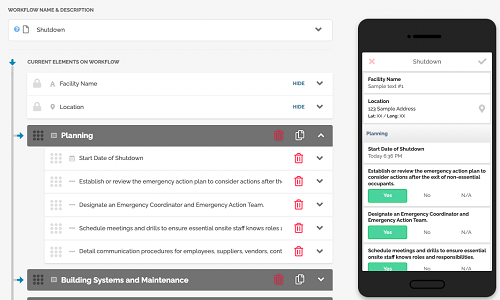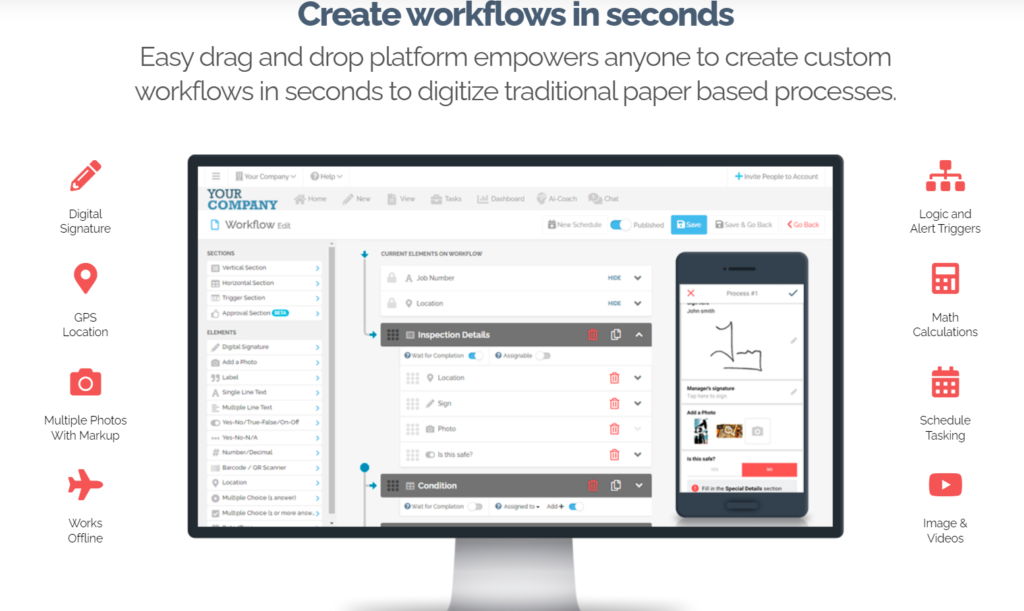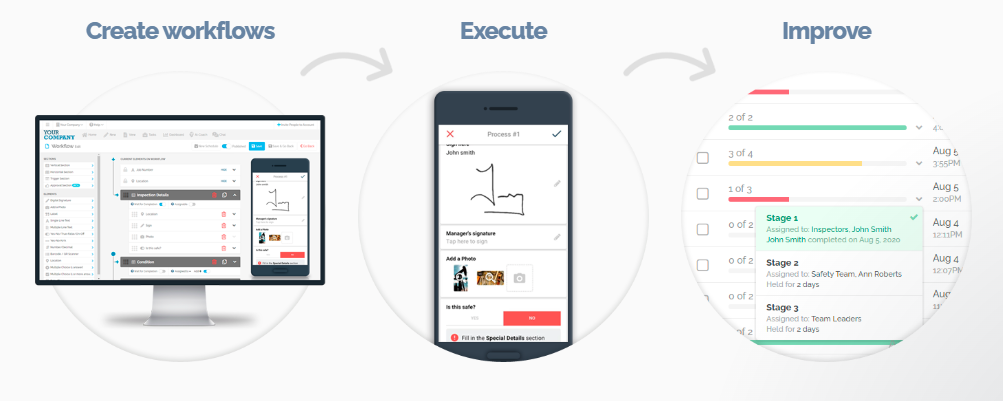In the oil and gas industry, shutdowns are critical events that require meticulous planning and execution. These shutdowns, often referred to as turnarounds, involve the complete cessation of operations to perform maintenance, inspections, and upgrades. Understanding the formula of shutdown in oil and gas is essential for minimizing downtime, ensuring safety, and optimizing costs. In this article, we will delve into the intricacies of shutdowns, explore the key components, and highlight how digital workflows like FAT FINGER can streamline the process. Request a demo to see how FAT FINGER can revolutionize your shutdown planning.
Understanding the Importance of Shutdowns
Shutdowns in the oil and gas industry are not just routine maintenance activities; they are pivotal for the longevity and efficiency of operations. These planned events are necessary to:
- Ensure the safety of personnel and equipment.
- Comply with regulatory requirements.
- Perform essential maintenance and upgrades.
- Identify and rectify potential issues before they escalate.
Given the high stakes, a well-executed shutdown can save millions of dollars and prevent catastrophic failures. Conversely, poorly managed shutdowns can lead to extended downtime, increased costs, and safety hazards.
Key Components of a Shutdown

To understand the formula of shutdown in oil and gas, it is crucial to break down the process into its key components. These components include:
1. Planning and Scheduling
Effective planning and scheduling are the cornerstones of a successful shutdown. This phase involves:
- Defining the scope of work.
- Identifying critical path activities.
- Allocating resources and personnel.
- Setting timelines and milestones.
Advanced planning tools and software, such as FAT FINGER, can significantly enhance this phase by providing real-time updates, resource allocation, and task tracking.

2. Risk Assessment and Management
Risk assessment is vital to identify potential hazards and develop mitigation strategies. This involves:
- Conducting hazard identification (HAZID) studies.
- Performing risk assessments and developing risk registers.
- Implementing safety protocols and emergency response plans.
Digital workflows like FAT FINGER can streamline risk assessment by providing standardized templates, checklists, and real-time data analysis.

3. Execution and Monitoring
The execution phase is where the actual shutdown activities take place. This includes:
- Isolating and de-energizing equipment.
- Performing maintenance, inspections, and upgrades.
- Monitoring progress and addressing issues promptly.
Real-time monitoring and communication tools, such as those offered by FAT FINGER, can enhance coordination and ensure that tasks are completed on schedule.

4. Post-Shutdown Review
After the shutdown, a thorough review is essential to evaluate performance and identify areas for improvement. This involves:
- Conducting debriefing sessions with key stakeholders.
- Analyzing data and performance metrics.
- Documenting lessons learned and best practices.
FAT FINGER’s digital workflows can facilitate post-shutdown reviews by providing comprehensive data analysis and reporting tools.

Case Studies: Successful Shutdowns in Oil and Gas
To illustrate the importance of effective shutdown management, let’s explore a few case studies:
Case Study 1: Refinery Turnaround
A major refinery in the Gulf Coast region planned a turnaround to upgrade its processing units. By leveraging digital workflows and advanced planning tools, the refinery:
- Reduced downtime by 20%.
- Saved $5 million in costs.
- Enhanced safety with zero incidents reported.
This success was attributed to meticulous planning, real-time monitoring, and effective communication facilitated by digital tools like FAT FINGER.
Case Study 2: Offshore Platform Shutdown
An offshore platform in the North Sea required a shutdown for critical maintenance. The platform’s management team utilized digital workflows to:
- Streamline task allocation and resource management.
- Ensure compliance with regulatory requirements.
- Minimize environmental impact and safety risks.
The result was a successful shutdown completed ahead of schedule, with significant cost savings and improved operational efficiency.
The Role of Digital Workflows in Shutdowns
In today’s digital age, traditional shutdown management methods are being replaced by advanced digital workflows. These workflows offer numerous benefits, including:
- Real-time data collection and analysis.
- Enhanced communication and collaboration.
- Standardized processes and templates.
- Improved risk management and safety protocols.
FAT FINGER is a leading digital workflow solution that can revolutionize shutdown management in the oil and gas industry. By providing a user-friendly platform for planning, execution, and review, FAT FINGER ensures that shutdowns are efficient, safe, and cost-effective.
How FAT FINGER Can Streamline Your Shutdown Process

FAT FINGER offers a comprehensive suite of tools designed to address the unique challenges of shutdowns in the oil and gas industry. Key features include:
1. Real-Time Task Tracking
FAT FINGER allows you to track tasks in real-time, ensuring that all activities are completed on schedule. This feature enhances coordination and minimizes downtime.
2. Standardized Templates and Checklists
With FAT FINGER, you can access standardized templates and checklists for planning, risk assessment, and execution. This ensures consistency and compliance with industry standards.
3. Data Analysis and Reporting
FAT FINGER’s data analysis and reporting tools provide valuable insights into shutdown performance. This enables continuous improvement and informed decision-making.
4. Enhanced Communication and Collaboration
FAT FINGER facilitates seamless communication and collaboration among team members, ensuring that everyone is on the same page and issues are addressed promptly.
Conclusion
Understanding the formula of shutdown in oil and gas is essential for ensuring safety, minimizing downtime, and optimizing costs. By breaking down the process into key components and leveraging digital workflows like FAT FINGER, you can streamline

